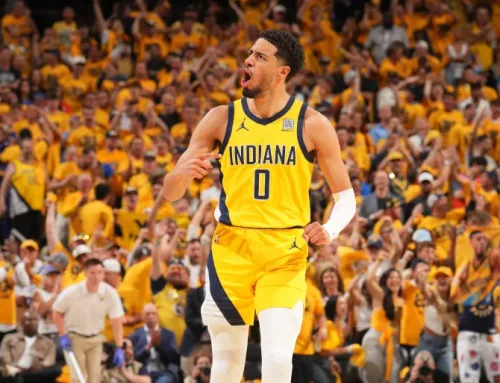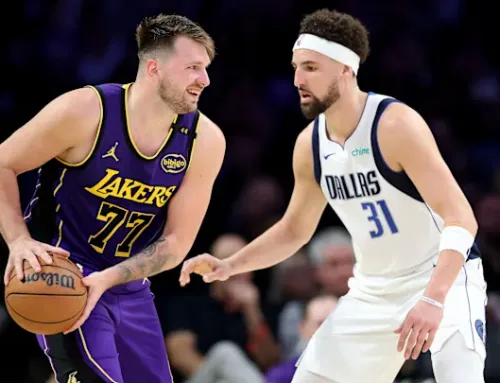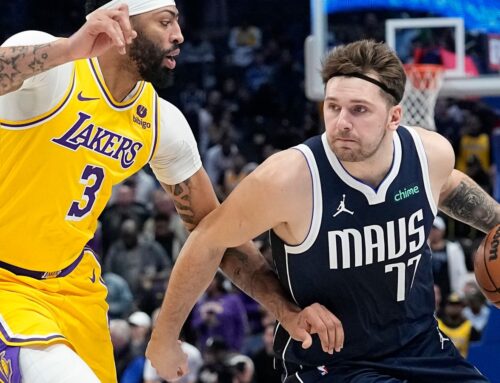The Collective Bargaining Agreement: What is it and Where Does it Come From?
By: Ken DeStefano
NOTE: This is the first in a series of articles about collective bargaining in the NBA. We often hear about the NBA’s Collective Bargaining Agreement when issues arise with contracts, trades, lockouts, strikes and player disciplinary proceedings. This series seeks to enhance understanding by providing context to the creation and implementation of the governing document between the NBA and the Players Association.
At least a dozen people sit in a hotel conference room on opposite sides of a table. Lawyers, Chief Negotiators, and Negotiating Team Members jockey for the most powerful seats. All because of a document called a Collective Bargaining Agreement—a CBA. The NBA’s CBA is 598 pages, or almost 2.14 MB for those with a data-driven mind.
The employer, or the “League,” sits on one side. Its lawyers group with team representatives to advocate for League interests. Opposite them, the “Players Association”—also represented by lawyers and a negotiating team—study the League’s bargaining team. Over the next months, weeks, days and hours, these sides will parlay to determine what will change in the CBA, and what will not.
The CBA codifies the working relationship between two monopolies. The League is a legal entity whose members agree to cooperate under mutual rules for the management of employees. The Players Association is an entity composed of employees who join together to counter-balance the League’s power. In other walks of life, this type of economic cooperation would violate anti-trust laws. One hundred years ago, the federal government passed the series of laws that allow such coordination through collective bargaining.
The CBA formalizes this relationship. It is a two-party agreement, signed by representatives of each party, and ratified by the constituency of each party. It defines the relationship between only those two parties. The Players Association generally has no role in creating or altering agreements among the League owners (or Governors), or any agreements between the League and third parties (like broadcasting or licensing entities). Likewise, the League has no role in agreements among the players or between the Association and third parties. Either party can agree in the CBA to the other having input in third party contracts, that power generally does not exist.
Moving forward with this series of articles, be mindful that the agreement does not attempt to determine how much revenue the League should receive in broadcasting, or what the game rules should be, but only to establish how the two parties will work together.




